Quick Airline Information:
✈Airline IATA* code: VA
✈Airline ICAO* code: VOZ ✈Founded: 1999 (As virgin Blue)
✈Website: www.virginaustralia.com✈Alliance: None✈History
✈Operations and Destinations 🌍
✈Fleet ✈️
✈Photo Slide 📷✈Safety Video 🎬
✈Airline reviews ⭐
*IATA: (International Air Transport Association)
*ICAO: (International Civil Aviation Organization)
History Menu:
The airline was co-founded by British businessman Richard Branson, the founder of Virgin Group and former CEO Brett Godfrey. It was established as Virgin Blue in November 1999 with two aircraft operating on a single route. Virgin Blue launched in August 2000, with two Boeing 737-400 aircraft. Initially offering seven return flights a day between Brisbane and Sydney. The timing of Virgin Blue's entry into the Australian market was fortunate as it was able to fill the vacuum created by the failure of Ansett Australia in September 2001. Ansett's failure allowed Virgin to grow rapidly to become Australia's second domestic carrier. The airline then sourced additional capacity by adding more Boeing 737-300.
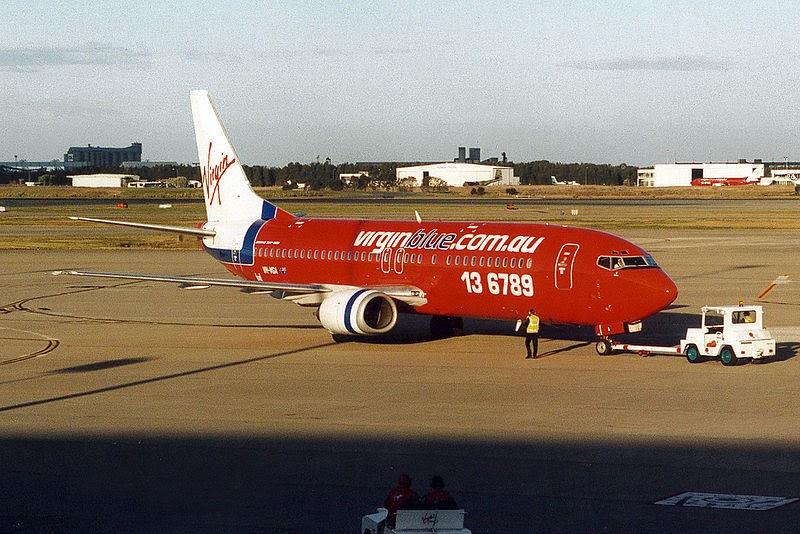
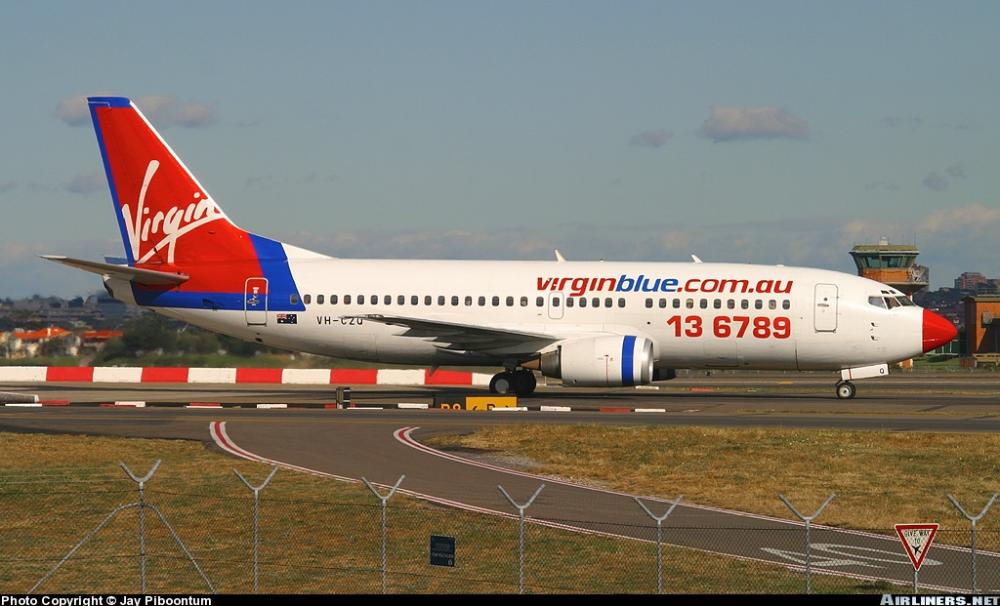
As the airline grew, it acquired new equipment, enabling it to phase-out its older 737-400s in favour of 737-700 and -800 series aircraft. In 2004 Virgin Blue previously used a familiar formula pioneered by airlines such as Southwest Airlines and Ryanair of eliminating costs such as included in-flight meals and printed tickets in favour of selling food on-board and using telephone and internet booking systems. This strategy changed with the introduction of a second type into the fleet. The airline ordered 20 Embraer E-jets, in a mix of six E170s and 14 E190s. These were ordered specifically so that the airline could re-enter the Sydney–Canberra market that it abandoned in 2004, and to fly to less populous areas. The first E-170 arrived in Australia in September 2007. These were placed on services from Sydney to Canberra, Mackay in Queensland, and the New South Wales regional centres of Port Macquarie and Albury.
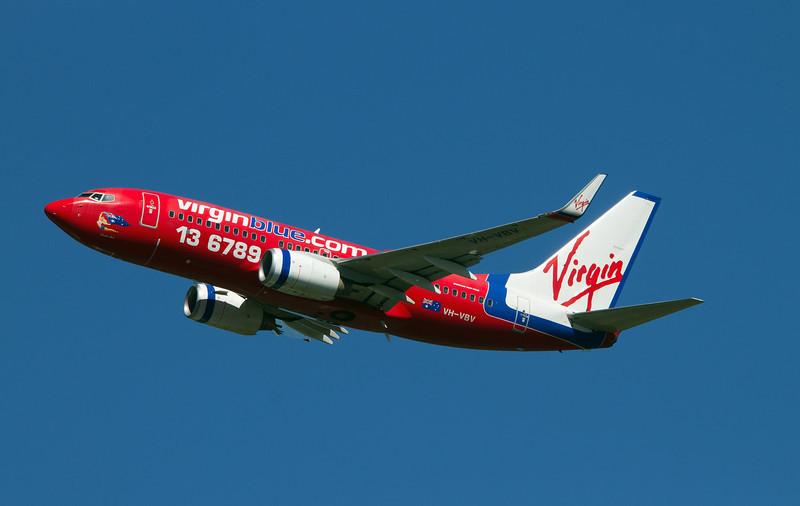
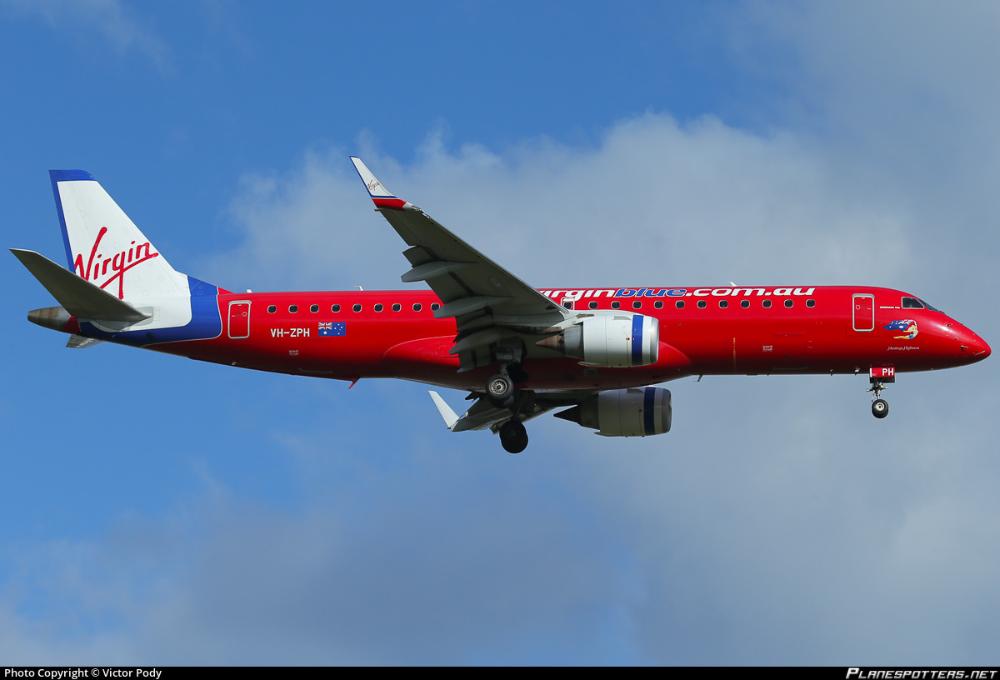
In 2006, in an effort to compete with Qantas, Virgin Blue started exploring relationships, forming frequent flyer agreements with Emirates, Hawaiian Airlines and Malaysia Airlines amongst other national airlines. In 2008, premium economy class was introduced throughout its entire fleet. New seating was installed in the first three rows of the cabin. The premium product offered priority check-in, larger baggage allowance, lounge access, priority boarding, increased legroom and all-inclusive in flight entertainment, meals and beverages on board.
Virgin Blue announced its intention to operate up to seven flights a week to the U.S. Instead of using its existing brand, Virgin Blue launched a fully owned subsidiary with a separate Air Operator's Certificate, named V Australia as the result of a public naming competition, with a fleet of five specifically branded 777-300ERs.The airline launched flights between Sydney and Los Angeles in 2009, followed by flights from Melbourne and Brisbane. Also new flights were introduced to Abu Dhabi, following the consolidation of Virgin Blue's codeshare agreement with Etihad Airways.
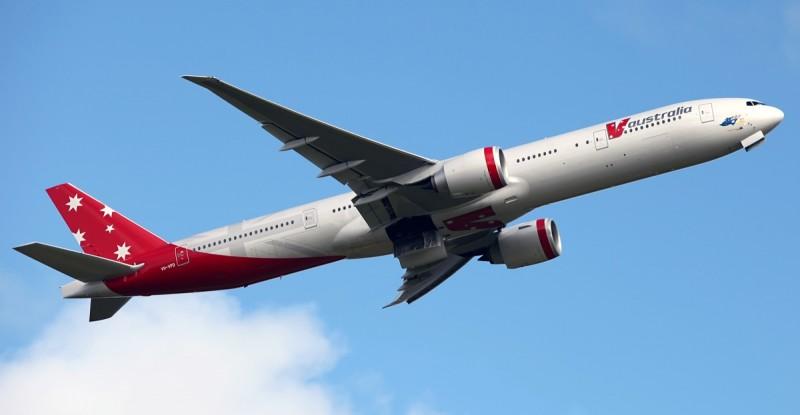
On 10 January 2011, Virgin Blue entered a 10-year strategic alliance with Perth-based Skywest Airlines (now Virgin Australia Regional Airlines), to operate up to 18 new Virgin-branded turboprop aircraft from mid-2011. On 23 February, it was announced that the aircraft would be ATR-72s, to enter service beginning in May 2011; they would allow Virgin Australia to both replace its fleet of Embraer 170s and introduce new regional routes.
In February 2011, the re-brand was confirmed when the airline announced that the word 'Blue' would be dropped from its name as part of a campaign to attract more business travellers away from rival Qantas. This came shortly after the unveiling of new crew uniforms and business-class seats. The airline stated that the re-brand would proceed in stages and would reportedly include a new fleet livery and the renaming of the other Virgin Blue Group airlines would be integrated as well. On 4 May 2011, the former Virgin Blue revealed its new name, Virgin Australia. In addition to the new name, branding and livery, the airline also showed off its new flagship the Airbus A330. Pacific Blue and V Australia were both folded into the new Virgin Australia brand, following an agreement with former Virgin Atlantic shareholder Singapore Airlines. In May 2011 the airline announced its intention to operate Airbus A330 aircraft between Perth and the East Coast. On 20 January 2011, Air New Zealand announced it would take a shareholding stake of between 10% and 14.99% in Virgin Australia.
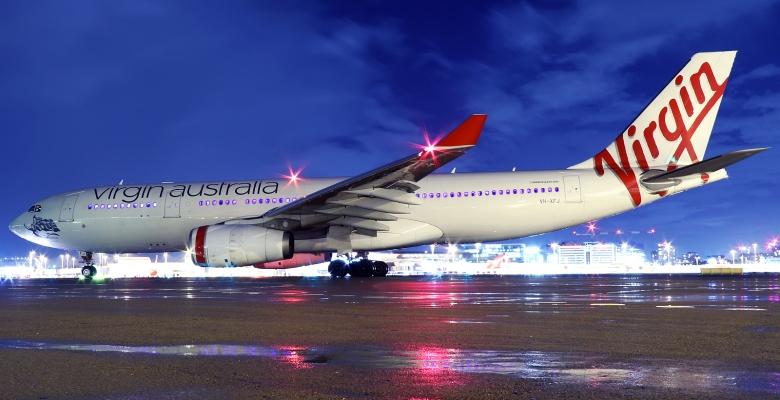
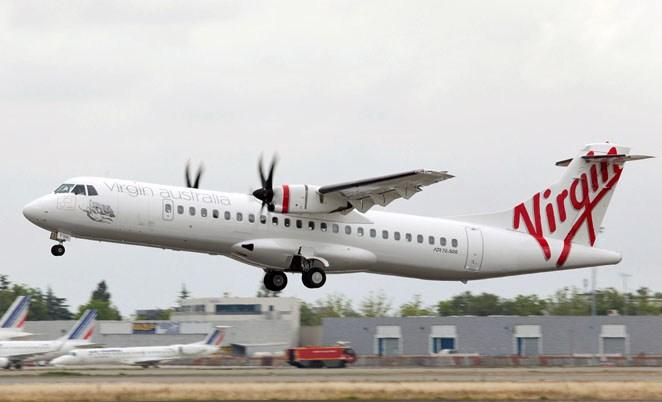
On 11 April 2013, Virgin Australia completed its acquisition of regional airline Skywest Airlines. Skywest was then renamed Virgin Australia Regional Airlines and took over all regional flights including the fleet of ATR and Embraer aircraft.
On 31 May 2016, Chinese aviation holding company HNA Group agreed to purchase 13% of Virgin Australia Holdings which ultimately intends to increase to 19.99%. The deal also created a codeshare partnership between Virgin Australia and Chinese airlines in which HNA Group holds shares, on routes between Australia and China. Virgin intends to launch flights between Australian destinations and Beijing and Hong Kong by 2017 to consolidate the agreement. On 4 April 2018, Air New Zealand announced the end of the code- and revenue-sharing partnership with Virgin Australia, effective 28 October 2018.
.jpg)
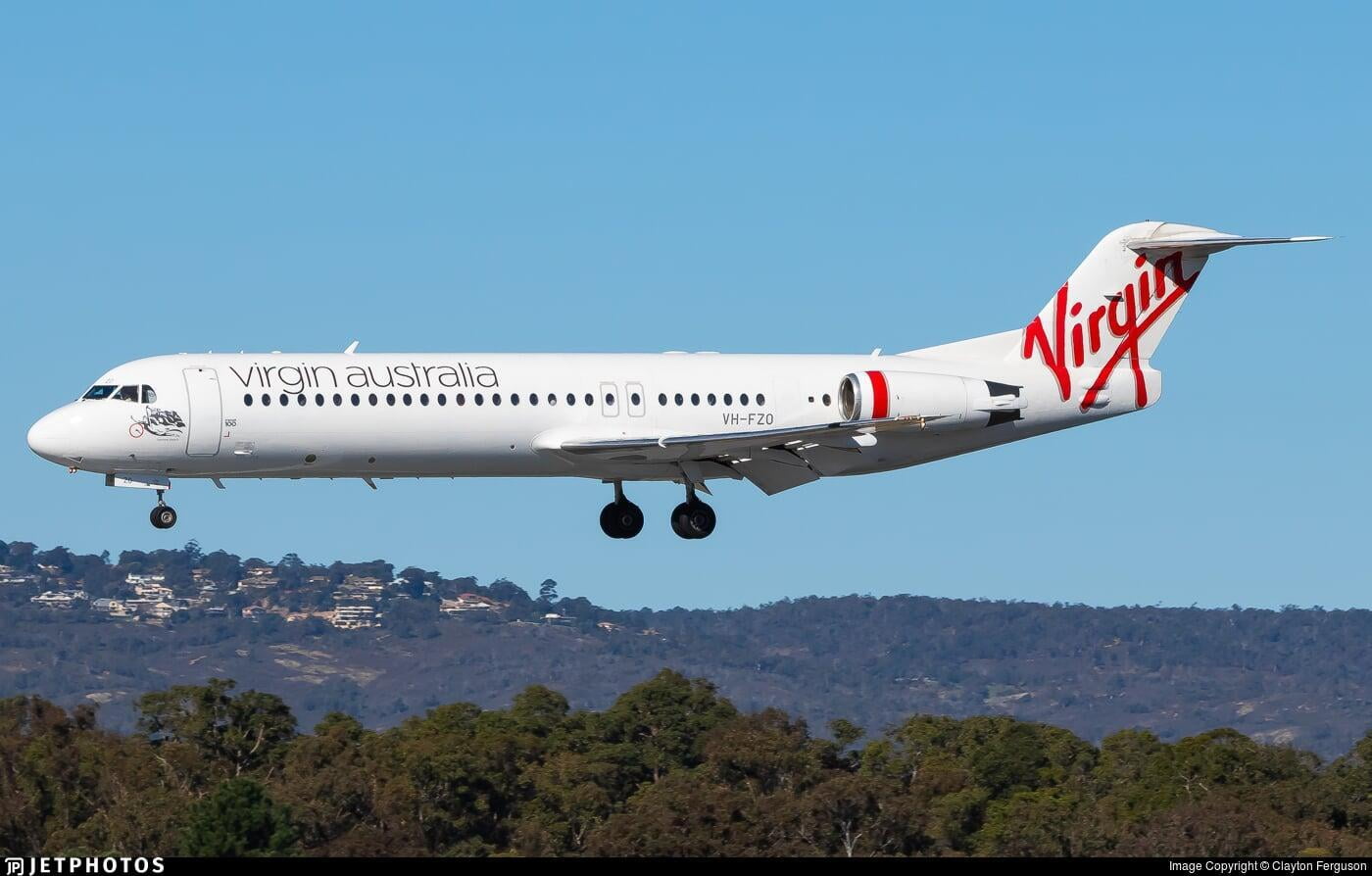
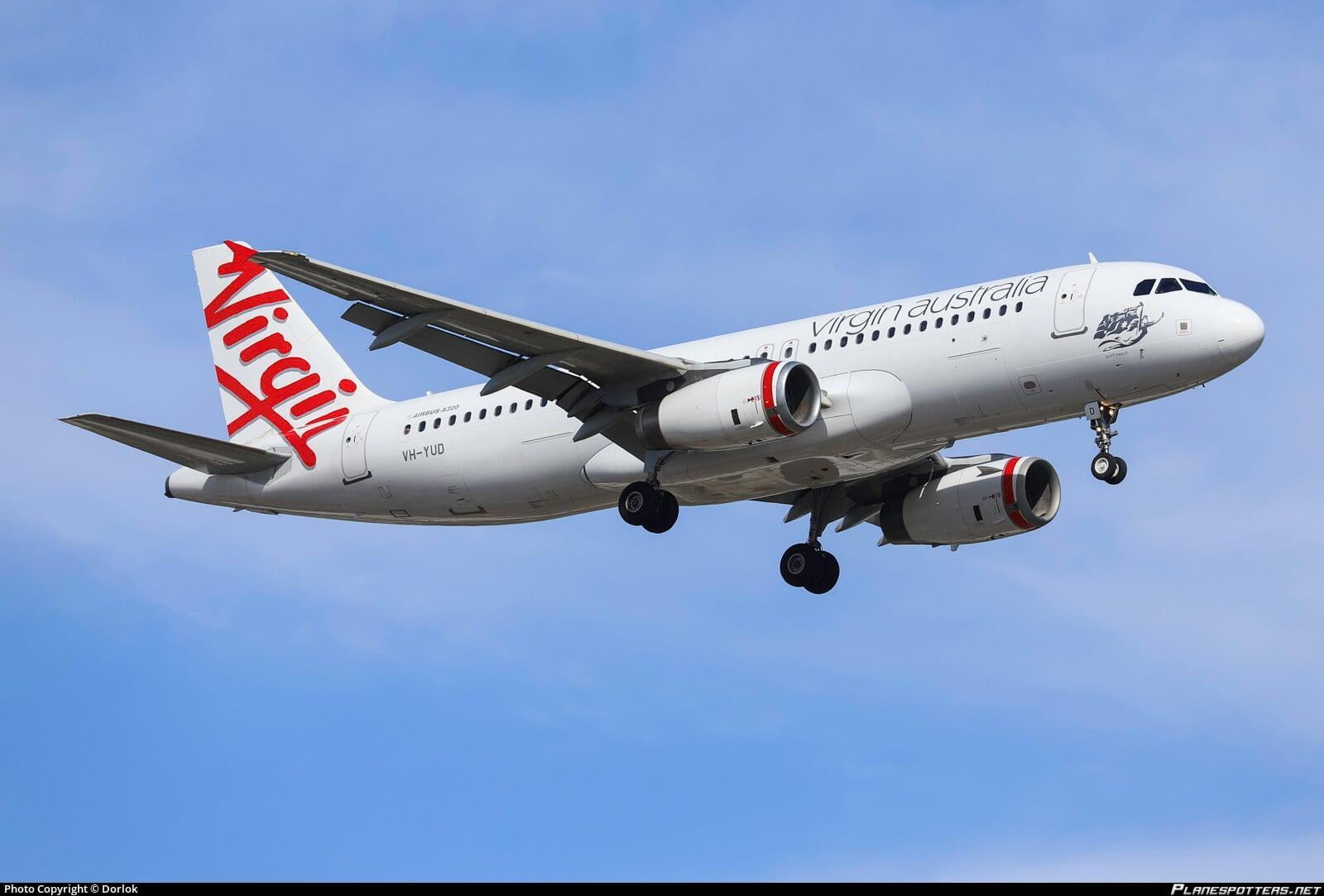
In August of 2018, Virgin converted 10 of its 737 MAX 8 orders for the larger MAX 10 variant. Deliveries of the MAX 10 will begin in 2022, (now on hold since the grounding of the type).
History Source: Wikipedia.org/ Virgin Australia
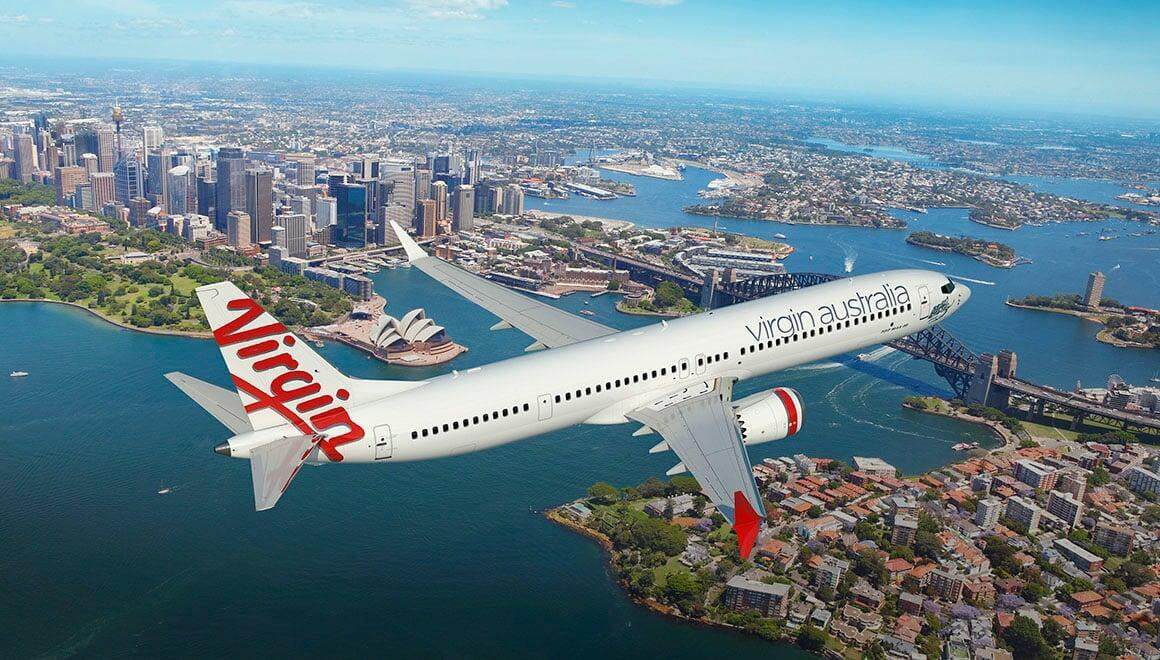
Operations and Destinations 🌍:
Virgin Australia has 3 main bases in Australia, Sydney, Melbourne and Brisbane. It currently serves 52 destinations in 12 countries. It is the second largest carrier in Australia and flies mostly domestic routes where it has an extensive network all over Australia, as well as flying to the Pacific, Asia and the United States.
Virgin Australia, currently flies to the following destinations*:
| Region 🗺️ | Destinations 🌍🌎🌏 |
|---|---|
| ✈Australia (Domestic) | Adelaide, Albury, Alice Springs, Ayers Rock, Ballina, Brisbane, Broome, Cairns, Canberra, Christmas Island, Cocos (Keeling) Islands, Coffs Harbour, Darwin, Geraldton, Gold Coast, Hamilton Island, Hervey Bay, Hobart, Kalgoorlie, Karratha, Kununurra, Launceston, Mackay, Melbourne, Mildura, Newcastle, Newman, Onslow, Paraburdoo, Perth, Port Hedland, Port Macquarie, Proserpine, Sunshine Coast, Sydney, Tamworth, Townsville |
| ✈The Pacific | Apia, Auckland, Christchurch, Dunedin, Honiara, Nadi, Nuku'alofa, Port Moresby, Port Vila, Queenstown, Rarotonga, Wellington |
| ✈Asia | Denpasar (Bali), Hong Kong |
| ✈United States | Los Angeles |
*Destination list is for reference only. Please check directly with the airline for updates.
*Note some destinations are only seasonal.*Correct info as of Jan 2019.
Fleet ✈️:
The airline has utilised a mix fleet in a bif to now compete with other established carriers in the Australian market, it has new Boeing 737 Max series aircraft due to arrive from 2019, which will replace older types and help for it's expansion plans. The fleet is well suited for all market segments of the Australian territory, deploying regional turboprop aircraft to the smaller communities and operating larger aircraft such as the A330 for heavy demand routes such as Sydney/Melbourne to Perth.
The airline’s fleet* consists of the following aircraft:
| Network 🌐 | Aircraft ✈️ |
|---|---|
| ✈Short Haul and Regional | ATR-72 (domestic only), Boeing 737-700/800, (Boeing 737 Max 10 to be delivered from 2022 ?) |
| ✈Medium haul | Airbus A330, Boeing 737-800 (Boeing 737 Max 10 to be delivered from 2022 ? ) |
| ✈Long Haul | Airbus A330, Boeing 777-300ER |
*Correct fleet info as of Jan 2019.
Virgin Australia Photo Slide 📷:
Virgin Australia Safety Video (B777-300ER) 🎬:
Reviews ⭐:
 |  |
|---|---|
| ✅Good fare prices and offers | None found. |
| ✅ Frequent flights and timings | |
| ✅ Friendly service and crew. | |
| ✅ Inclusive of the basic ticket is 23kg Baggage and meals/refreshments |





.png)